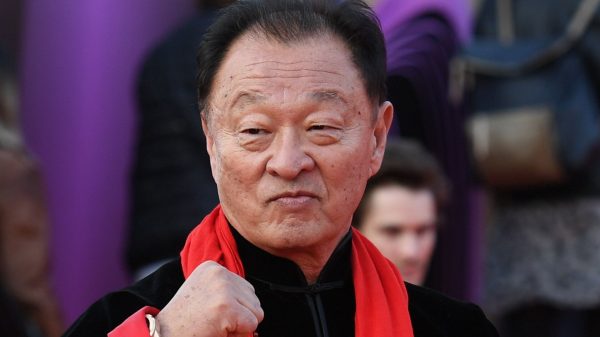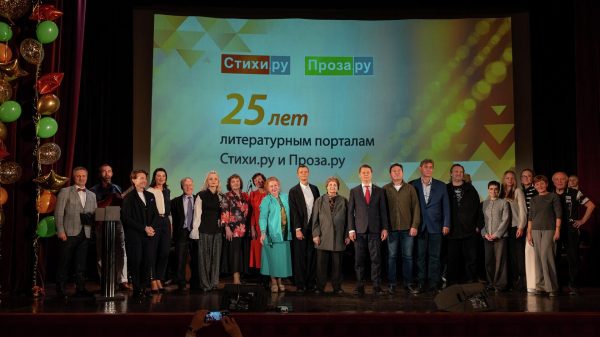More than 200 new emojis will arrive on iPhones with the release of the next operating system update, including a vaccine-ready syringe, a flaming heart and a vast array of options for couples with different skin tones.
The emojis will arrive as part of iOS 14.5, expected to hit iPhones within the next month. The changes, collated from beta versions by Jeremy Burge, the founder and “Chief Emoji Officer” of Emojipedia, are a mixture of all-new creations, modifications to existing emojis, and a few updates unique to Apple’s platform.
By number, the largest change is to how users can represent themselves as a couple. Until now, only People Holding Hands – 👫 – has come with skin tone options, such as 👩🏻🤝👨🏽👩🏿🤝👩🏽 or 👨🏿🤝👨🏽, added in 2019 alongside the ability to represent the couple as same-sex. Now, the same ability to mix and match skin tones, and represent a couple as more than just a pair of yellow faces, has come to the other loved-up emoji, including 👨❤️👨 and 👩❤️💋👨, though sadly too late for Valentine’s Day.
Representation continues in another option, adding two gender options for the emoji previously described as “Person: Beard”. Now, iPhone users will be able to select a man or woman with a beard, with one skin tone option uncannily reminiscent of 2014 Eurovision winner Conchita Wurst.
Covid-19’s unlikely victim: new emojis 😱
Read more
For many, the most prominent change might be an Apple-only tweak to how the syringe emoji, 💉, is displayed. The emoji, which is only defined as showing a “syringe”, has tended to feature two drops of blood since its earliest inception in Japanese mobile phones of the early 00s. Now, Apple has updated it to a more general purpose image, containing a clear liquid – and one perfect for showing off that you’ve just been vaccinated against Covid.
In the smiley, yellow face section of the picker, users have three new options, named by Unicode, the consortium that controls emojis, “Exhaling Face”, “Face With Spiral Eyes” and “Face in Clouds”.
Emoji updates are a surprisingly fraught political affair. Unicode, which spends most of its time handling arcane issues around text representation on computers, doesn’t actually design the icons, instead issuing a simple description of what they depict. That has historically led to fragmentation over the specifics of the design, allowing platform holders to add their own quirks to distinguish themselves. That’s why Apple was able to unilaterally redesign its syringe, for instance, but had to wait for approval from Unicode to introduce skin tone options in 2015.

























































Свежие комментарии